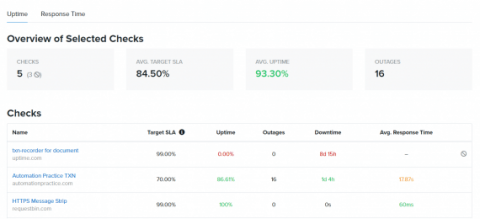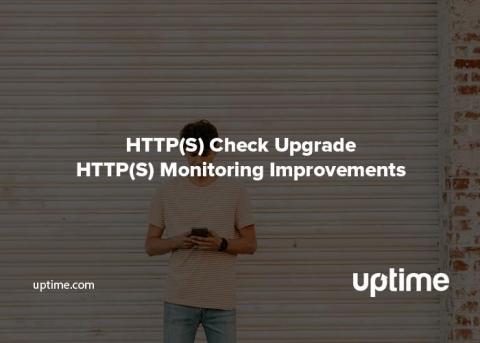Navigating with Reports: Website Monitoring and Metrics
Once upon a time there was the internet, and it was good, and it was global. We built our businesses across its networks and expanded our commerce from computer to cloud. Like with any physical trade route, the journeys are not always consistent. If your website is your flagship, your reports are your map. Sites rely on servers and it’s possible that your site might be UP in the UK but DOWN in Dallas.









